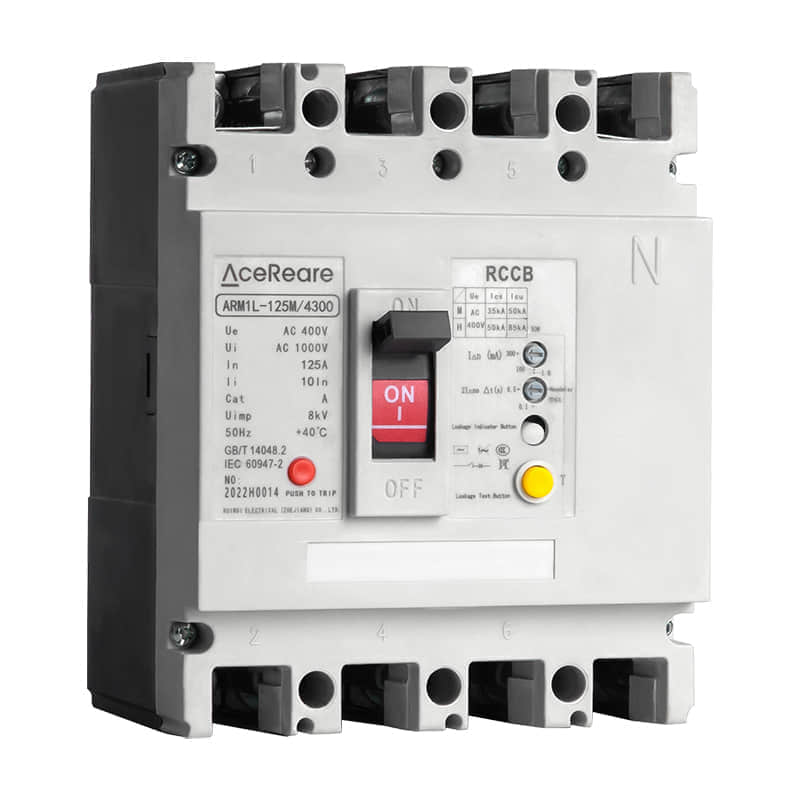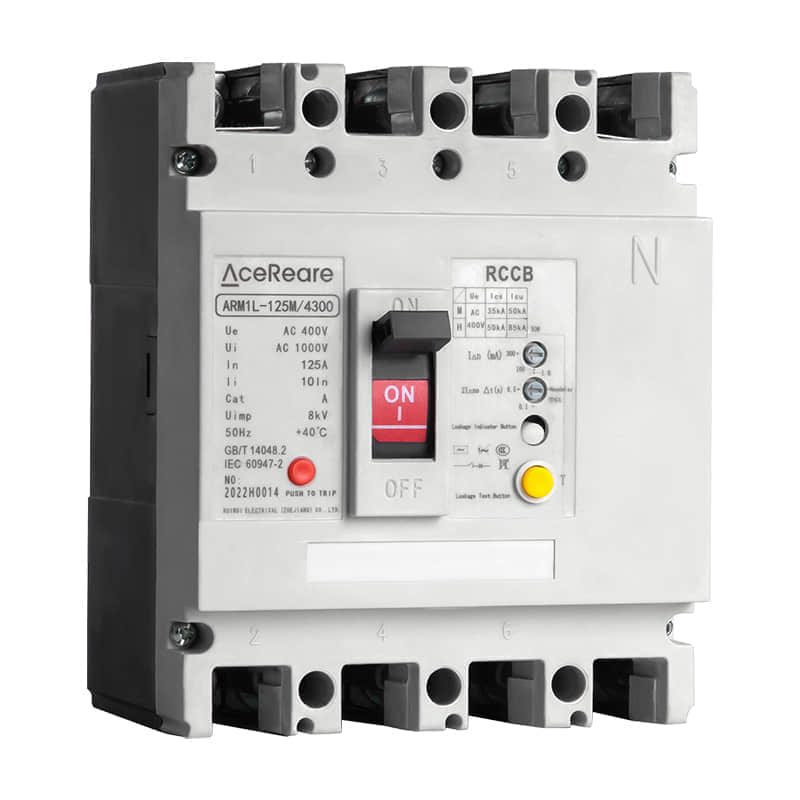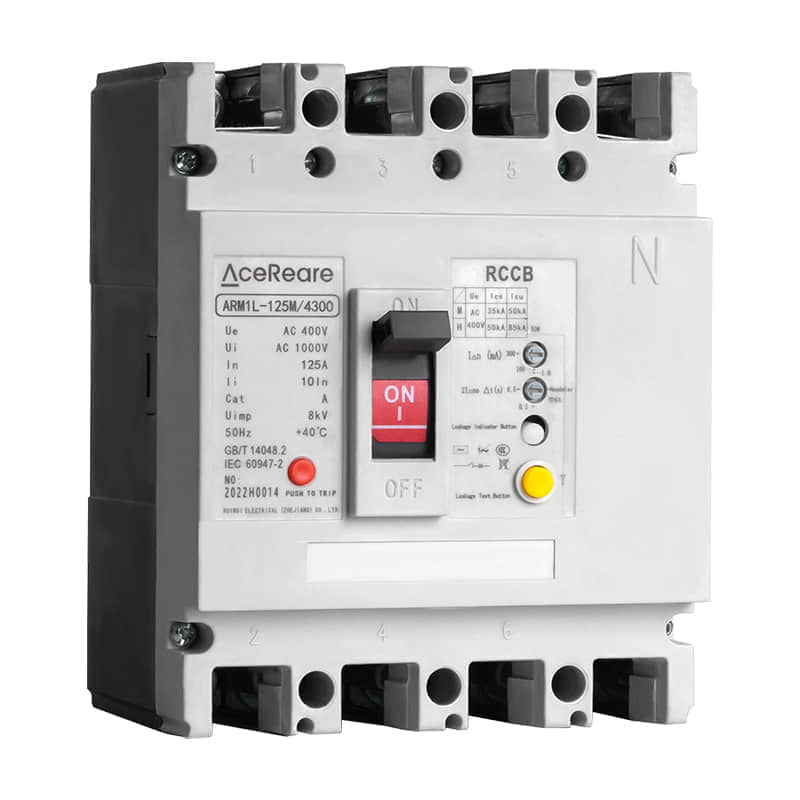In the modern world, electricity powers nearly every aspect of our lives, from the lights that brighten our homes to the technologies that drive our industries. While electricity has brought unparalleled convenience and progress, it also poses potential risks to both human life and property. To mitigate these risks, technological advancements in electrical equipment are crucial. One such innovation is the Molded Case Circuit Breaker with Residual Leakage Protection, a groundbreaking solution that combines traditional circuit protection with cutting-edge safety features.

Molded Case Circuit Breakers (MCCBs) have been an integral part of electrical distribution systems for decades. Their primary function is to protect circuits from overcurrent events such as short circuits and overloads. This essential role prevents overheating, fires, and damage to connected devices. However, traditional MCCBs have limitations when it comes to safeguarding against a specific danger: residual current or leakage current.

Residual current, often known as ground fault current or leakage current, occurs when an electrical current flows along an unintended path, such as through a person’s body or to the ground due to faulty insulation or damaged wiring. Even low levels of residual current can result in severe electric shocks or, in the worst cases, prove fatal. To address this issue, MCCBs with Residual Leakage Protection (RLP) have emerged as a vital advancement in electrical safety. Residual Leakage Protection works by continuously monitoring the current flowing into and out of a circuit. If there is any imbalance between these currents, it suggests that some current is flowing along an unintended path. In response, the MCCB with RLP rapidly trips, disconnecting the circuit and preventing potential harm. This groundbreaking technology adds a new layer of defense against electric shock incidents and enhances overall system safety. One of the significant advantages of MCCBs with RLP is their adaptability to various environments. They are equally effective in residential, commercial, and industrial settings. In homes, they provide enhanced protection for electrical outlets in kitchens and bathrooms where the risk of electric shock is higher due to the presence of water. In industrial facilities, these devices are indispensable in safeguarding both workers and equipment from potentially hazardous leakage currents. Another noteworthy feature is the selectivity of MCCBs with RLP. Selectivity refers to the ability to isolate a faulty circuit while keeping the rest of the system operational. This is crucial in maintaining uninterrupted power supply to critical equipment. The incorporation of RLP into MCCBs maintains this selectivity while introducing an additional layer of safety, thus offering the best of both worlds. As technology advances, so does the need for comprehensive safety solutions. MCCBs with RLP not only protect against overcurrent events but also cater to the evolving demands of electrical safety. This innovation aligns with the increasing emphasis on preventive measures rather than reactive ones. In conclusion, Molded Case Circuit Breakers with Residual Leakage Protection represent a remarkable advancement in electrical safety. By addressing the threat of residual current and leakage current, these devices offer a holistic solution to potential electric shock incidents. Their adaptability, selectivity, and ability to prevent harm make them an invaluable addition to modern electrical systems. As we continue to rely on electricity for our daily lives, embracing such innovations is not just a choice but a necessity to ensure the well-being of individuals and the longevity of our technological infrastructure.
